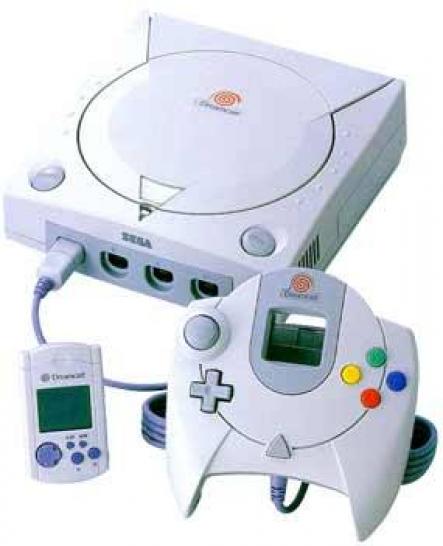FDIV Bug, Internet Explorer 2.0 and Sega Dreamcast (PCGH-Retro Nov 27)


The Dreamcast and Internet Explorer 2.0 came – that happened on November 27th. Every day, PC Games Hardware takes a look back at the young but eventful history of the computer.
…1994: The processor giant Intel is still alone in the performance aisle with its Pentium processor these days, because the competition still has to be satisfied with further developed or even cloned 486 cores, some of which already have very advanced features. Unfortunately, the Pentium is not entirely unproblematic – regular readers of the retro section will be able to relate to the keyword FDIV bug. On this November 27th, almost a month after the problem was made public, expresses itself the then Intel boss Andy Grove in an extravagant e-mail, which was sent on his behalf, on the problem and tried to appease. But the affair is not over yet.
…1995: Microsoft missed the trend – and now has some catching up to do: On November 27, 1995, only a few months after the first version, Microsoft released Internet Explorer 2.0. The browser is said to be particularly suitable for Windows 95, but is also available in a Macintosh version for the first time. In addition to the Secure Socket Layer (SSL protocol), it also supports HTTP cookies, VRML and newsgroups, but technically it still lags behind the market leader Netscape Navigator.
…1998: The Japanese market is the first to be served by Sega’s latest creation on November 27, 1998: the Dreamcast. The game console comes out well ahead of direct competition like Sony’s Playstation 2, but falls short of expectations with around 10.6 million units sold – despite innovative ideas such as the LCD in the controller and many high-quality games. As a result, Sega discontinued production of the device in 2001 and from then on focused solely on game development.
The Dreamcast uses a 200 MHz RISC processor from Hitachi, the media used are so-called GD-ROMs with a capacity of around 1.2 GB. The graphics chip comes from Power VRs Series 2. First, the console should be equipped with the second product from the still relatively unknown chip developer Nvidia, the NV2. After alleged problems with this chip – which was never for sale afterwards – Sega switched to 3dfx’s Voodoo Graphics, but nothing came of this deal either. So they decided on the Power VR Series 2. This is also used on PC graphics cards and is called Neon 250 there, the VR Series 3 will later become the Kyro/Kyro 2.
Further information
• Internet Explorer 1.0 (PCGH Retro)
• Game consoles from 1972 to today
Reference-www.pcgameshardware.de